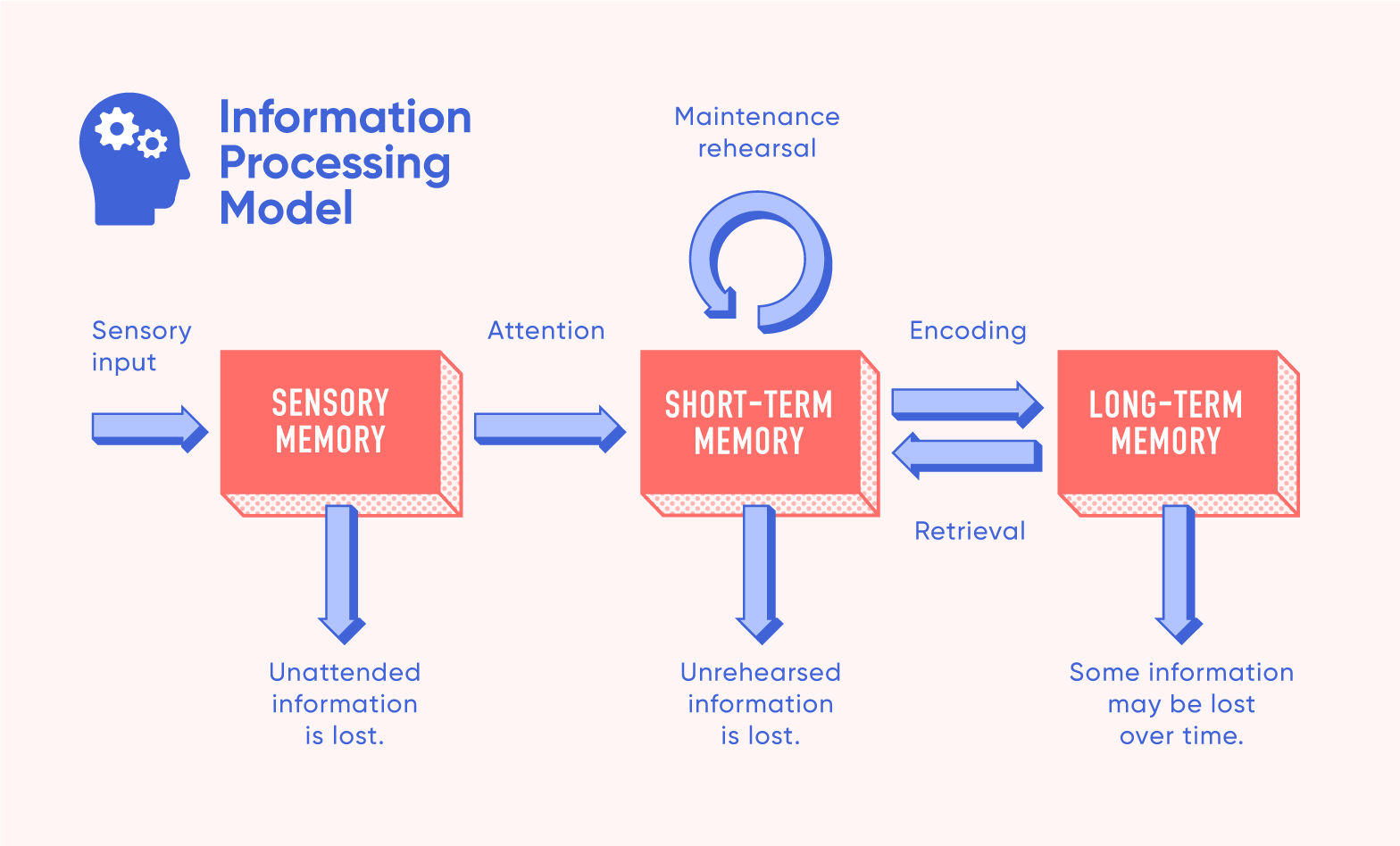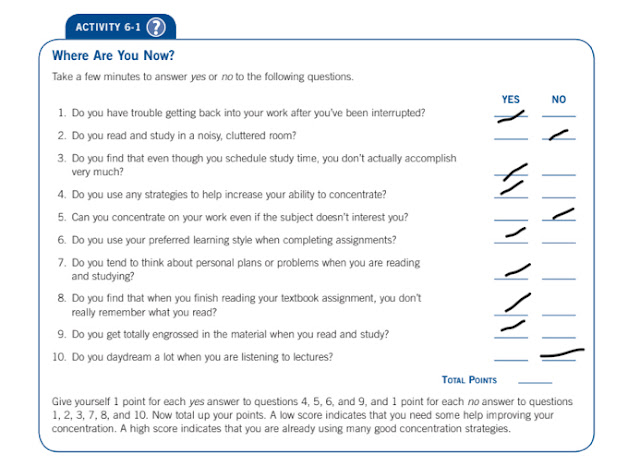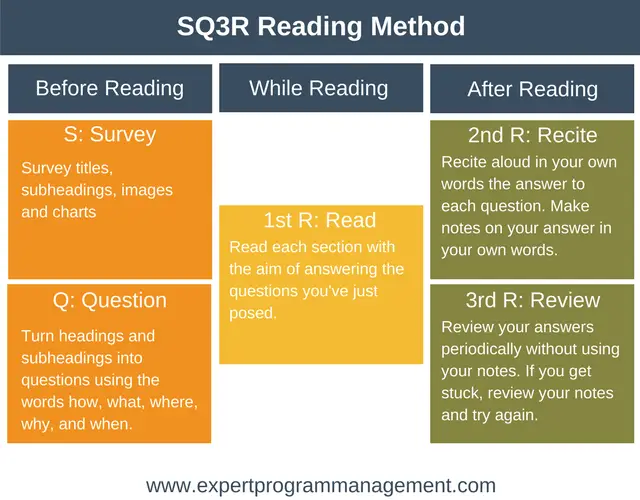PLAGIARISM
What is plagiarism ?
“An act of using or closely imitating the language and thoughts of another
author without authorization and the representation of that author’s work as
one’s own, as by not crediting the original author.”
Type of plagiarism ;

What kind of plagiarism to avoid :
1. Paraphrasing - rephrase the whole phrase without any change
2. Resending your own work that has been published before ( with copyright)
3. Submitting someone else work as yours
4. Use someone else part's of work without citation
+ USE CITATION TO AVOID PLAGIARISM AND DONT TAKE THE WHOLE SENTENCE WITHOUT ANY IMPROVEMENT
How to avoid plagiarism ?
- Use citation
- Planning ; consult lecturer, plan your paper, take effective notes
- Writting ; Cite sources, make it clear who write it, know how to paraphrase
USAGE OF APA OR AMERICAN PSYCHOLOGICAL ASSOCIATION
APA Style is a writing style and format for academic documents such as scholarly journal articles and books. It is commonly used for citing sources within the field of behavioral and social sciences.
how do you do apa format ?
APA Paper Formatting
- Use white 8 ½ x 11” paper.
- Make 1 inch margins on the top, bottom, and sides.
- The first word in every paragraph should be indented one half inch.
- APA recommends using Times New Roman font, size 12.
- Double space the entire research paper.
example as below


-----------------------------------------------------------------------------------------------------------------
GPA and CGPA
What is GPA ?
Represent student's academic achievement.
Represent by pointer which the lowest is 0.00 and the highest is 4.00 or (4 Flat)
Passing mark is 2.00 and could be drop out if not achieve the minimum pointer.
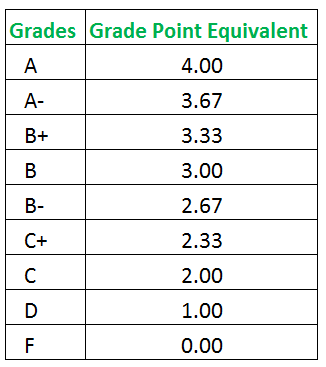
GPA stands for Grade Point Average ( for each semester) and CGPA stands for Cumulative Grade Point Average ( for the whole studies)
How to calculate GPA and CGPA ?
GPA : Total credit value and registered and attempted in the assessment of a semester over total credit unit acquired in the same semester .
For futher reference please look at the diagram below :
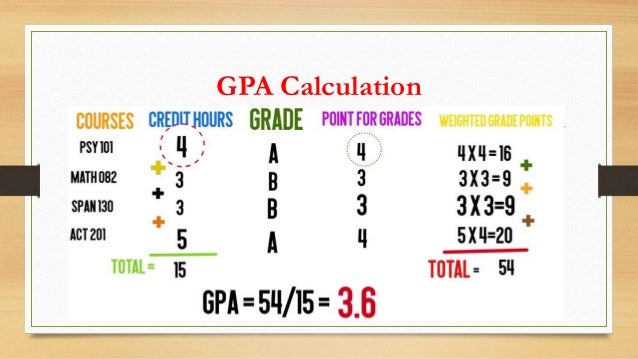
CGPA : Total credit value and registered and attempted in the assessment of all semester over total credit unit acquired in all semester .
For futher reference please look at the diagram below :
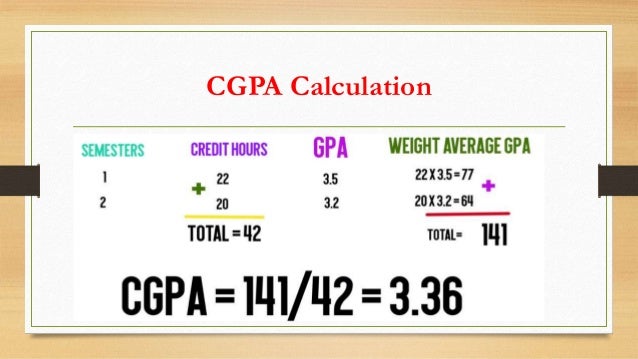
University or certain college put condition to further studies depends on your GPA and CGPA.
There is also dismissal if you did not achieve the condition given, as stated below :
How to calculate GPA and CGPA ?
GPA : Total credit value and registered and attempted in the assessment of a semester over total credit unit acquired in the same semester .
For futher reference please look at the diagram below :

CGPA : Total credit value and registered and attempted in the assessment of all semester over total credit unit acquired in all semester .
For futher reference please look at the diagram below :

University or certain college put condition to further studies depends on your GPA and CGPA.
There is also dismissal if you did not achieve the condition given, as stated below :

---------------------------------------------------------------------------------------------------------
ASSESSMENT WEEK 4 : GPA WORKSHEET

ANSWER :










